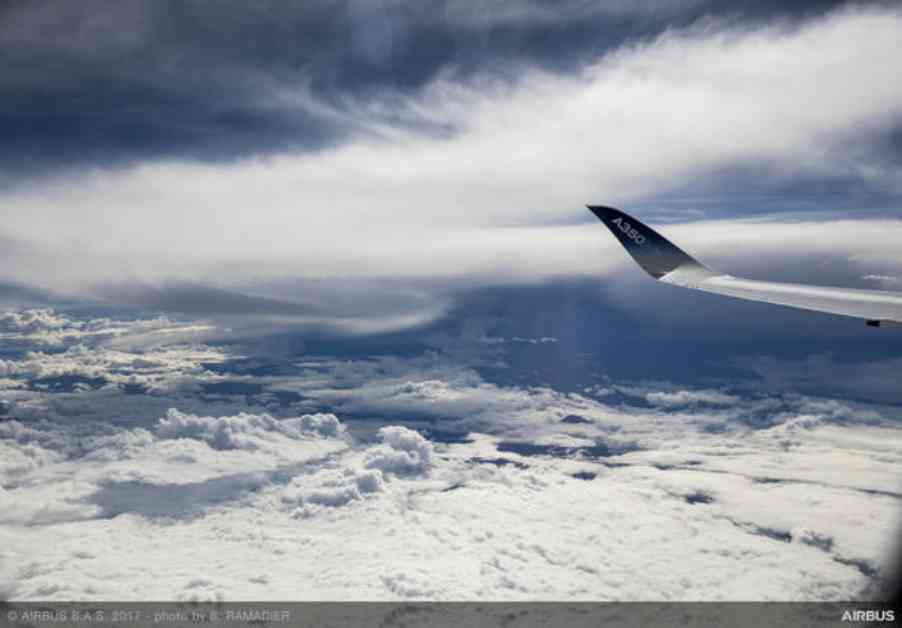A series of recent aircraft incidents related to severe weather and air turbulence have raised concerns about the safety of flights. Although modern aircraft are built to handle turbulence, the best way to prevent these incidents is to anticipate and avoid severe weather conditions. Air turbulence, whether caused by thunderstorms, windshear, or clear air turbulence, is the main cause of injuries on planes, according to IATA.
Scientists predict that storms may become stronger and more frequent in certain areas due to climate change in the coming years. However, an analysis of turbulence-related incidents reported to Airbus has not shown a clear trend in injuries. The increase in incidents since 2021 may be attributed to the growth in air traffic, leading to a higher likelihood of weather-related incidents occurring.
Despite any perceived increase in incidents, flying remains a safe mode of transportation. Airbus and other aircraft manufacturers ensure that their planes can withstand extreme natural conditions. Pilots play a crucial role in ensuring passenger safety and comfort by avoiding turbulence whenever possible. By using the latest meteorological information and forecasts, pilots can plan flight routes that steer clear of severe weather areas.
Weather radar technology has significantly evolved over the years, with automatic radars becoming available since 2010. Airbus has equipped a majority of their fleet with automatic radars that can even predict hail. Pilots can detect and avoid storms using this technology, allowing them to navigate around severe weather with adequate margins to ensure passenger safety.
In situations where turbulence cannot be avoided, such as when flying across air masses where clear air turbulence can occur, passengers and cabin crew are advised to stay seated and fasten their seatbelts. Clear air turbulence cannot be detected by on-board weather radar as it does not involve water droplets, emphasizing the importance of following safety protocols during flights.
Overall, the safety of air travel depends on a combination of advanced technology and adherence to safety procedures. New-generation aircraft are designed to handle extreme weather conditions, and advancements in weather forecasting and radar technology enable pilots to avoid severe turbulence. By following safety protocols and staying informed about weather conditions, passengers can reduce the risk of injury and ensure a safe and comfortable flight experience.
